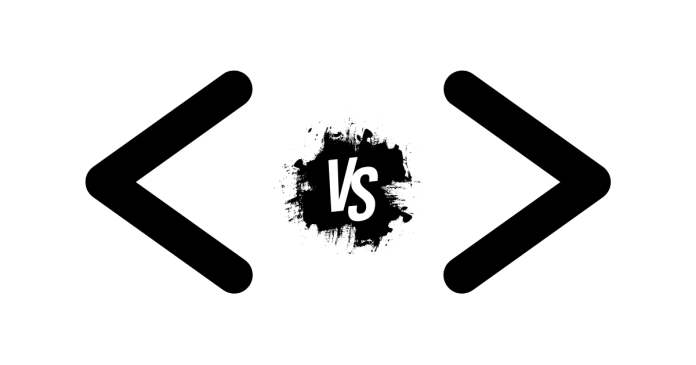In mathematics, greater than (>) and less than (<) symbols are used to compare two values, numbers, or quantities. Here’s a detailed explanation:
Greater Than Symbol ( > )
- The greater than symbol indicates that the value on the left side is larger than the value on the right side.
- Example:
- 5 > 3 (This means 5 is greater than 3).
- x > 10 (This means x is greater than 10).
Less Than Symbol ( < )
- The less than symbol signifies that the value on the left side is smaller than the value on the right side.
- Example:
- 2 < 7 (This means 2 is less than 7).
- y < 100 (This means y is less than 100).
Key Points to Remember:
- Shape of the Symbol:
- The wider side of the symbol always opens toward the larger number.
- The smaller point of the symbol points to the smaller number.
- Usage in Equations:
- These symbols are often used in inequalities, such as x > 10 or y < 20.
- Mnemonic to Remember:
- Think of the symbol as an alligator’s mouth: the alligator always eats the larger number.
Additional Variants:
- Greater Than or Equal To (≥): The value on the left is either greater than or equal to the value on the right.
Example: x ≥ 8 (x is at least 8). - Less Than or Equal To (≤): The value on the left is either less than or equal to the value on the right.
Example: y ≤ 12 (y is at most 12).
These symbols are fundamental in mathematics and are used in various fields, including algebra, calculus, and data analysis.


